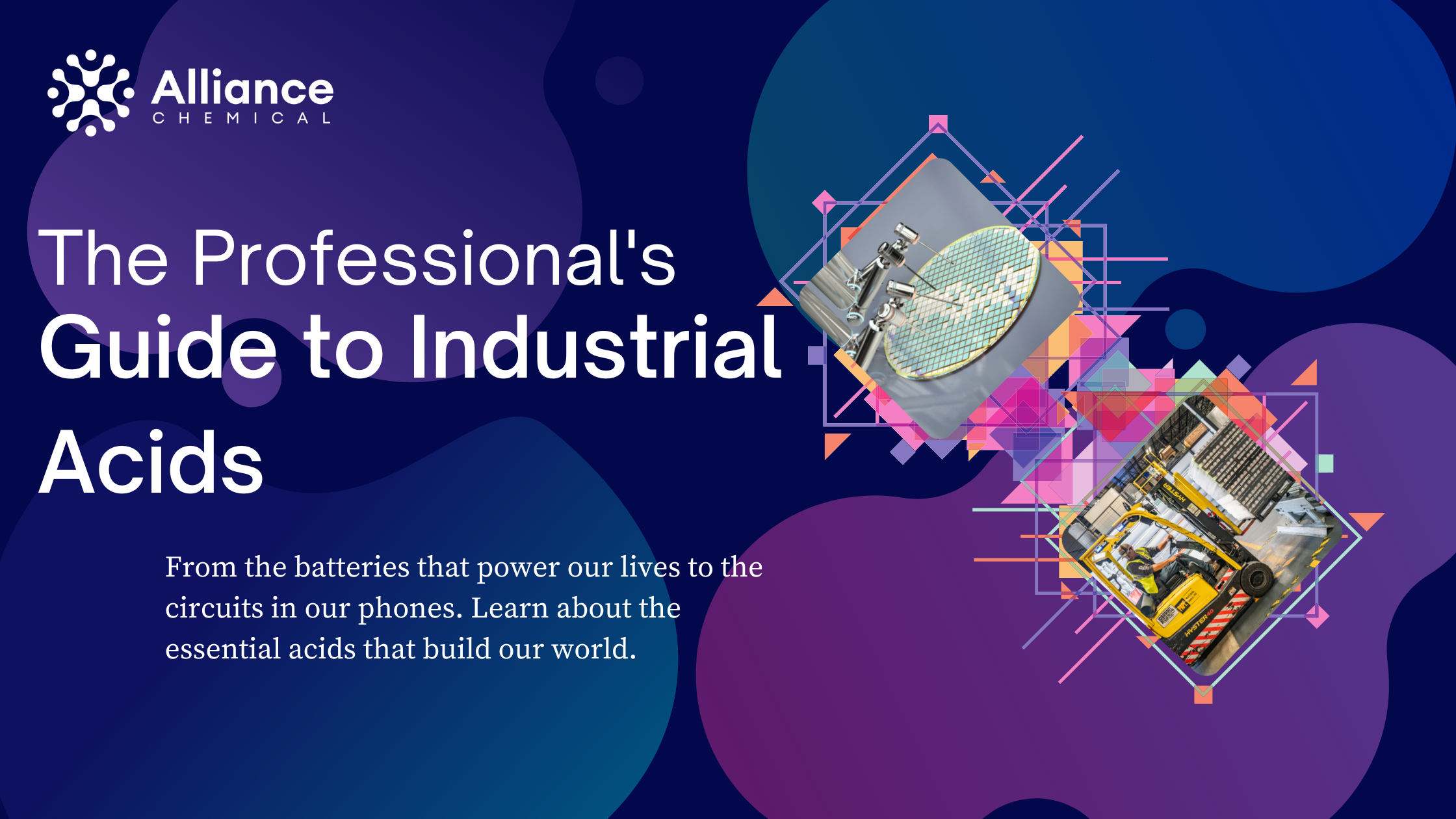
Discover the Power of Trichloroethylene: Your Ultimate Degreaser and Solvent Solution
Summary
A powerful industrial workhorse, Trichloroethylene (TCE) has been a cornerstone of degreasing and cleaning for decades. This definitive guide explores its applications, critical safety protocols, regulatory status, and compares effective, modern alternatives to help you make the most informed decision for your needs.
Understanding Trichloroethylene (TCE): The Chemical Profile
Trichloroethylene (TCE) is a non-flammable, colorless chlorinated hydrocarbon with a characteristically sweet, chloroform-like scent. For nearly a century, its exceptional ability to dissolve a wide range of organic materials—particularly oils, greases, waxes, and tars—has made it an invaluable tool in heavy industry. Its high stability and low flammability made it a safer alternative to more volatile solvents of its time.
At its core, TCE's effectiveness comes from its chemical structure. As a chlorinated solvent, it readily breaks down non-polar compounds like grease and oil, lifting them from surfaces without reacting with the base metal, making it ideal for precision cleaning.
Key Chemical Properties
| Property | Value |
|---|---|
| Chemical Formula | C₂HCl₃ |
| Molar Mass | 131.39 g/mol |
| Appearance | Colorless liquid |
| Boiling Point | 87.2 °C (189.0 °F) |
| Density | 1.46 g/cm³ |
| Solvency Power | Excellent for oils, greases, fats, waxes, and resins |
Core Industrial Applications: Why TCE Is So Effective
TCE’s unique combination of high solvency, stability, and non-flammability makes it exceptionally well-suited for demanding industrial tasks.
Vapor Degreasing: The Gold Standard
This is arguably TCE's most critical application. Vapor degreasing is a highly efficient cleaning method where TCE is heated to its boiling point in a specialized tank. The resulting hot vapor fills the chamber. When cold metal parts are introduced, the vapor condenses on their surfaces. This continuous condensation of pure, hot solvent dissolves contaminants like heavy oils and greases, which then drip off into a collection reservoir. The parts emerge exceptionally clean, dry, and ready for the next stage of production, such as painting, plating, or assembly.
Metal Finishing and Cold Cleaning
Before metal can be coated, painted, or welded, its surface must be impeccably clean. TCE is used in cold cleaning operations (wiping, immersion, or spraying) to remove manufacturing lubricants and residues, ensuring perfect adhesion and a flawless finish. This is crucial in the aviation and aerospace and automotive industries.
Extraction and Chemical Synthesis
While less common today due to regulations, TCE has been used as an extraction solvent to remove fats from vegetable oils and for decaffeinating coffee. It also serves as a chemical intermediate in the production of other chemicals, including some refrigerants and polymers.
A Critical Look at Safety, Health, and Regulations
While highly effective, the use of Trichloroethylene is governed by strict safety and environmental regulations due to its health risks. Understanding and adhering to these protocols is not optional—it is mandatory for safe and responsible use.
Mandatory Safety & Handling Protocols
Due to its classification by health agencies, TCE must be handled with extreme care. The U.S. Environmental Protection Agency (EPA) has identified significant health risks associated with TCE exposure, classifying it as carcinogenic to humans.
- Ventilation is Paramount: Always use TCE in a well-ventilated area, preferably with local exhaust ventilation (LEV) systems to capture vapors at the source.
- Personal Protective Equipment (PPE): Chemical-resistant gloves (Viton® or laminate), splash goggles, and a NIOSH-approved respirator with an organic vapor cartridge are essential.
- Storage and Disposal: Store in a cool, dry, well-ventilated area away from direct sunlight and incompatible materials. Dispose of TCE and contaminated materials as hazardous waste according to all federal, state, and local regulations.
Regulatory Status and Environmental Impact
The EPA has taken significant steps to regulate and reduce the use of TCE, particularly in applications that pose a direct risk to humans, such as aerosol degreasers and spot cleaners. It is classified as a Volatile Organic Compound (VOC), contributing to air pollution. Improper disposal can lead to serious groundwater contamination. Users must stay current on EPA regulations and consider modern alternatives where feasible.
Modern, Effective Alternatives to TCE
Given the regulatory landscape, many industries are transitioning to alternative solvents. Choosing the right one depends on your specific application, material compatibility, and safety requirements.
Perchloroethylene (PCE)
A close chemical cousin to TCE, PCE has a higher boiling point, making it excellent for heavy-duty vapor degreasing of less sensitive parts.
- Excellent solvency for heavy oils.
- Non-flammable and stable.
- Also under regulatory scrutiny.
- Requires high-temperature operation.
d-Limonene
A powerful, biodegradable solvent derived from citrus peels. It's an excellent degreaser for general cleaning and adhesive removal.
- Environmentally friendly profile.
- Pleasant citrus scent.
- Combustible; not for vapor degreasing.
- Can leave an oily residue if not rinsed.
Methyl Ethyl Ketone (MEK)
A fast-evaporating solvent highly effective on adhesives, resins, and coatings. Best for surface preparation and cleaning.
- Very fast evaporation rate.
- Strong solvency for a wide range of polymers.
- Highly flammable.
- Strong, distinct odor.
Aqueous (Water-Based) Solutions
These are mixtures of water, detergents, and alkaline builders. They are the safest option but require heat and mechanical action (agitation, high pressure) to be effective.
- Safest for workers and environment.
- Non-flammable and low VOCs.
- May not remove heaviest greases.
- Parts require thorough rinsing and drying.
How to Choose the Right Solvent: A Decision Guide
Selecting the optimal solvent requires balancing performance, safety, cost, and compliance. Use this table as a starting point for your evaluation.
| Application | Recommended Primary | Viable Alternative(s) | Key Consideration |
|---|---|---|---|
| High-Volume Vapor Degreasing | Trichloroethylene (TCE) | Perchloroethylene (PCE) | Effectiveness vs. Regulatory Scrutiny |
| General Metal Degreasing (Cold) | d-Limonene | Acetone, MEK | Flammability and Ventilation |
| Adhesive & Paint Removal | Methyl Ethyl Ketone (MEK) | TCE, d-Limonene | Substrate Compatibility and Speed |
| Environmentally Sensitive Areas | Aqueous Solutions | d-Limonene | Performance vs. Environmental Impact |









